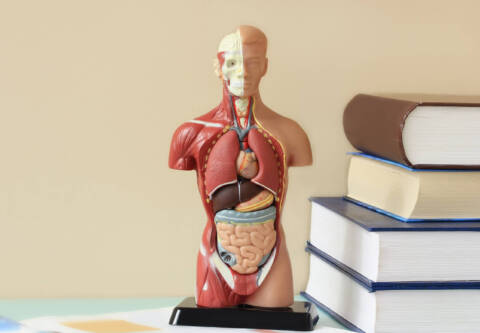How Has Modern Technology Changed the Medical Office Administrator Role?
Traditionally, the role of a medical office administrator involved plenty of paperwork and manual record-keeping, along with managing appointments, billing and communicating with patients via phone calls and written correspondence. However, technological advancements in the healthcare industry have led to a significant evolution in these administrative roles. Medical office administrators now rely on electronic health records (EHRs), telemedicine tools and practice management software to streamline their work and improve patient care. As with many other healthcare careers, the role of a medical office administrator continues to evolve. If you have a knack for multitasking in a busy office environment and can adapt quickly to the newest technologies, then a career as a medical office administrator could be a great fit for you. Medical office administrators are often tasked with inputting patient information into electronic health records. Electronic health records (EHRs) are digital versions of a patient’s medical record, containing information such as medical history, diagnoses, medications and lab results. Medical administrators play a crucial role in managing EHRs, as they are responsible for ensuring that patient information is accurate, up to date and secure. Although inputting medical information into the system may be time-consuming, the use of EHRs ultimately makes it easier to access and manage patient records. Healthcare professionals like doctors and nurses can quickly retrieve patient information, track patient progress and have office assistants schedule appointments with greater accuracy and efficiency. Medical administrators play a crucial role in facilitating telemedicine services in medical facilities. Telemedicine, which grew in popularity during the COVID-19 pandemic and has become an important tool for healthcare providers in managing patient care, involves the use of technology to provide healthcare services remotely, such as video consultations with patients or remote monitoring of patient vital signs. Medical administrators can help facilitate the use of telemedicine by coordinating with healthcare providers to set up telemedicine services, educating patients about how to use telemedicine technology, and ensuring that the necessary infrastructure and equipment are in place to support telemedicine consultations. Practice management software is a digital tool that integrates various administrative functions, such as scheduling, billing, patient registration and inventory management into a single platform. Medical administrators are frequently expected to use practice management software to schedule appointments and manage patient records more efficiently, reducing the risk of double booking or missed appointments. They can also use the software to generate reports and analyze data on patient demographics, billing and inventory management, which can help them make informed decisions about resource allocation and operational improvements. Patient portals are an important tool for improving patient engagement and empowering patients to take an active role in their healthcare. Medical administrators can use patient portals to manage patient information and facilitate communication with patients. They can use the portals to update patient records, provide access to test results and medical records and send secure messages to patients. The portals also enable patients to request prescription refills, schedule appointments and complete pre-visit questionnaires, reducing the need for manual administrative tasks. If you’re interested in a rewarding career in healthcare administration, at St. Louis College of Health Careers. Our comprehensive program will provide you with the knowledge and skills you need to succeed in this growing field. With experienced instructors, hands-on learning opportunities and a supportive community, the Medical Office Administration program at St. Louis College of Health Careers is the perfect choice if you’re ready to take the next step in your career. To start your healthcare education, or call us at 866-529-2070 to learn more.









